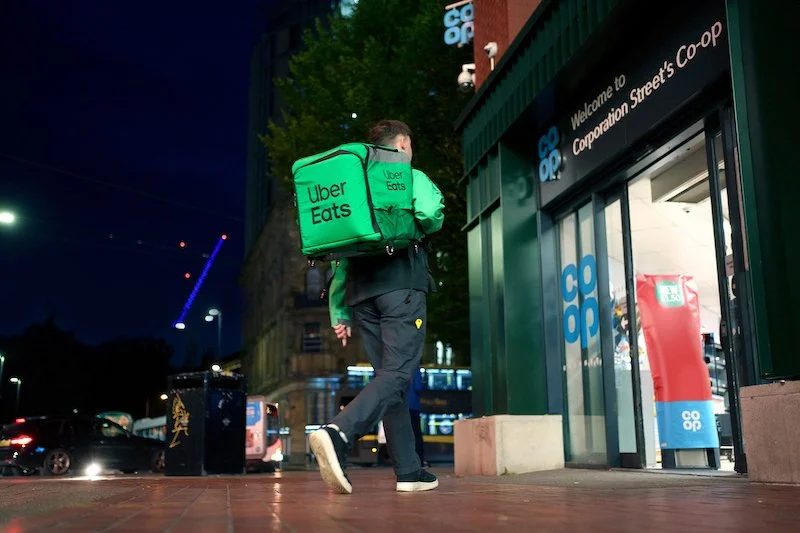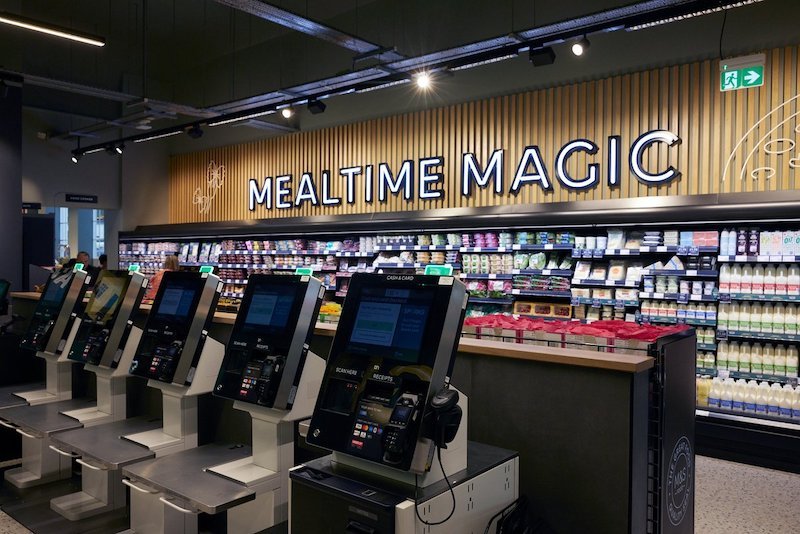New innovative online payment methods to consider right now
Technology today has advanced more than the average person can imagine. It has evolved virtually all aspects of human living, and the financial institution has been one of the most beneficial.
The financial system today has seen improved payment methods introduced to the end user, unlike the previous ones that were easily prone to frauds.
The Covid-19 pandemic played a huge role in the widespread adoption of some of these newer online payment methods, pushing aside the traditional methods we've been used to before.
In this article, we will discuss in detail a list of online payment options you can use for financial transactions today.
Mobile wallets
Mobile wallets are digital platforms that safely keep card details on your mobile devices. They can also perform various functions, including managing your credit cards, membership, etc.
Today, many are increasingly opting for mobile wallets due to their ease of service, and improved security against fraud, or any form of theft. Notable examples include Cash App, Venmo, PayPal, Venmo, Zelle, and Google Pay.
Cash App
Cash App provides a variety of useful financial features. You can conveniently pay friends, or make online purchases using the Cash App debit card. Cash App is also widely used in the online gambling industry.
These days, there are many gambling sites that accept Cash App, meaning gamblers can conveniently make payments and receive winnings using the mobile wallet.
Pros
● It has a go-to interface and set-up
● Funds in Cash App can be automatically deposited into your bank account.
Cons
● Payments on a daily basis are limited.
PayPal
This service is one of the readily available and reliable means of sending and receiving money worldwide. However, you can only use it in regions where it's allowed.
To make a transaction, you only need a recipient email address or mobile number. This money can either be withdrawn at the recipient’s ease or used online.
Venmo
Venmo is a payment method that is also sponsored by PayPal. It is a service that is used for sending and receiving money between peers and also shopping online.
When making a transaction, Venmo allows you to add notes or emoji to your transactions. You can also like or comment on a friend's transaction. A 3% fee in service charges applies only for credit cards.
Zelle
Zelle is a fast and reliable platform to send money to any U.S. bank account in minutes. With only an email address, or a mobile number, money can be sent and received without any issue—interestingly, regardless of the recipient’s bank.
Google Pay
With a fast and comfortable way of making payments both online and physically, Google Pay allows you to sign out across hundreds of apps without having to input your payment details whenever you may want to use the payment system again.
Google Pay has a “Google Pay Send” feature, a P2P feature integrated in Google Pay, which came in to replace the Google Wallet service. With this new added feature, you can make payment to anyone using their email address or phone number.
However, when making payments in stores, for added security, Google Pay uses an encrypted number instead of the actual details of your card.
Electronic payment systems
Before the very modern types of payments we have today, some electronic payment systems had been in place which might not necessarily be pushed to extinction or out of service just yet.
An electronic payment is the transaction between two parties through a digital means. Here are some common online electronic payment methods:
● Bank transfers
● eChecks
● Buy now, pay later (BNPL) solutions
Contactless payments
During the pandemic in 2020 when social gatherings were banned for several months, the use of contactless payments became increased.
The features of these payment methods include, touch free systems, and the use of radio-frequency identification known as (RFID) or near-field communication (NFC). This type of payments can be done using credit and debit cards designed with NFC technology.
Open Banking APIs
Open Banking APIs (Application Programming Interface) this platform allows many traditional banks to share your data and information by a third party channel application. These APIs are deployed by various companies; B2B, B2BC, BaaS, to portray their own product into a non-financial platform.
This type of banking system can however, generate revenue systems by simply deducting fees for the services that their clients use. This allows for data sharing agreements with partners, and gaining additional valuable insights to improve their offerings.
Despite the huge potential embedded in these Open Banking APIs, only a reported 30% of financial bodies were using the services as of early 2021, but it's widespread today.
Biometric verification
This involves identifying an individual based on the biological unique traits, for instance, retina recognition, voice recognition, fingerprints, which seems to be the most used and electronic signatures.
Most of the smartphones are now designed to send biometric information carrying a payment request. This way fraud or any form of hacking can be avoided.
Conclusion
Online payment systems are designed with strong authentication and security measures, making them reliable and trustworthy for transactions.
While we have witnessed the innovation of many of these payment solutions in recent years, the ones mentioned above remain the best and most innovative options anyone could trust for their online transactions right now.































Continue reading...